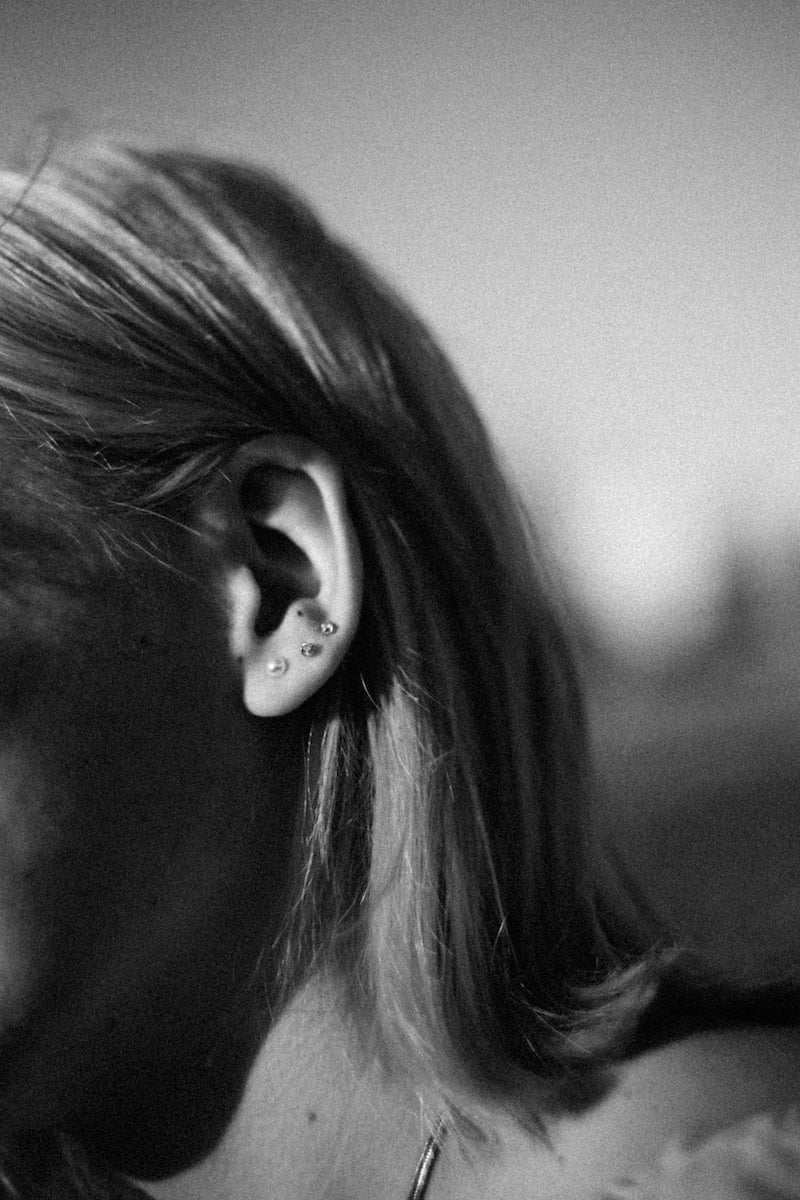
Ear wax buildup can be a frustrating and uncomfortable problem for many individuals. It can cause hearing loss, tinnitus, dizziness, and even ear pain. In such cases, seeking an audiologist for help to have the ear wax removed becomes necessary. The most effective method for removing ear wax is called microsuction.
Microsuction is a safe and convenient procedure performed by audiologists to remove excess ear wax using a specialised suction device. This technique is considered superior to traditional methods like syringing( also known as irrigation), as it offers several advantages. In this article, we will explore what you can expect during the microsuction ear wax removal procedure, its benefits, and important considerations.
Prior to your microsuction appointment, it is important to avoid inserting any objects into your ears, such as cotton buds, twisted up bits of tissue, cotton wool or earplugs. These can push the wax deeper into the ear canal and impacted the wax or get stuck in your ears, therefore making it more difficult to remove. Additionally, using ear drops or oils without specific recommendation from audiologist should be avoid. Here at Hearingfirst, we recommend Earol or Waxsol to be used four times a day for a week prior to your appointment with us.
When you arrive for your microsuction appointment, the audiologist will begin by examining your ears using a speculum and magnifying head loupe. This head loupe allows us to visualise the ear canal and assess the amount and consistency of the ear wax. The examination helps determine the most appropriate treatment approach for your wax wether the wax is removed with microsuction or manual instrument.
During the examination, audiologist may also check for any signs of infection, inflammation, or other abnormalities in the ear. This assessment ensures that the microsuction procedure is performed safely and effectively.
Once the examination is complete, the audiologist will explain the procedure to you and will answer any questions or concerns you may have in regards to the procedure before proceeding. It is important to feel comfortable and informed.
The audiologist will discuss the benefits of microsuction compared to other methods, such as ear syringing also known as irrigation. They will explain that microsuction is a gentle and precise technique that minimises the risk of damage to the ear canal or eardrum. You should also feel relief from symptoms, such as hearing loss, tinnitus, and ear pain, post removal.
During the procedure, you will be comfortably seated, and the audiologist will use a specialised loupes to magnify and illuminate the ear canal. This enables us to accurately locate and remove the ear wax without causing any discomfort or damage to ear canal.
Using a small suction device attached to a gentle suction pump, the audiologist will carefully and precisely suction out the excess ear wax from your ear canal. The procedure is quick, usually taking only a few minutes per ear. You may hear some suction noises, but it is generally a painless process.
The audiologist will use their expertise to ensure that all the ear wax is safely removed without causing any discomfort or harm. They will also pay attention to any underlying conditions or abnormalities that may require further assessment or treatment.
After the microsuction procedure, it is common to experience immediate relief from any symptoms caused by the excessive ear wax. However, it is important to follow any specific aftercare instructions provided by the audiologist. These instructions may include:
Following these aftercare instructions is crucial to maintaining healthy and clear ear canals and preventing future complications.
While microsuction is a safe and effective procedure, there are a few important considerations to keep in mind:
In conclusion, microsuction is a highly effective and safe method for removing excess ear wax. This procedure offers immediate relief from symptoms and is suitable for individuals of all ages. By understanding the microsuction ear wax removal procedure, its benefits, and important considerations, you can make an informed decision and take the necessary steps to ensure healthy and clear ear canals.
Avoid putting cotton buds, hoppi candles, twisted pieces of tissue and home removal kits in your ear as you could cause damage to your eardrum. We advise the you use Earol olive oil drops in your ears four times a day for 5-7 days to ensure the wax is soft enough for removal.
During the procedure, an audiologist will use a specialised suction device to carefully remove the excess ear wax from your ear canal. The procedure is quick and generally painless.
Yes, it’s a safe procedure. It minimises the risk of damage to the ear canal or eardrum, and it is suitable for individuals of all ages, including children, adults, and the elderly.
After the procedure, it is important to follow any specific aftercare instructions provided by the audiologist. This may include avoiding water in the ears, using prescribed ear drops, and attending a follow-up appointment.
On many occasions after providing a full hearing assessment I get asked the question “can…
Microsuction is a safe and effective method for removing earwax and debris from the ear…
Ear wax, also known as cerumen, is a substance that is naturally produced by our…
Ear wax, or cerumen, is a natural substance produced by the ear canal to protect…
Cleaning our ears is an important part of our personal hygiene routine. It not only…
Earwax, also known as cerumen, is a natural substance produced by the ear canal to…
This website uses cookies.